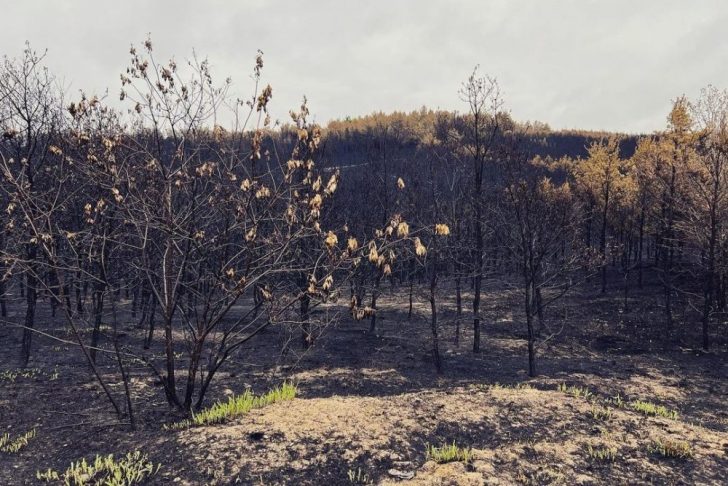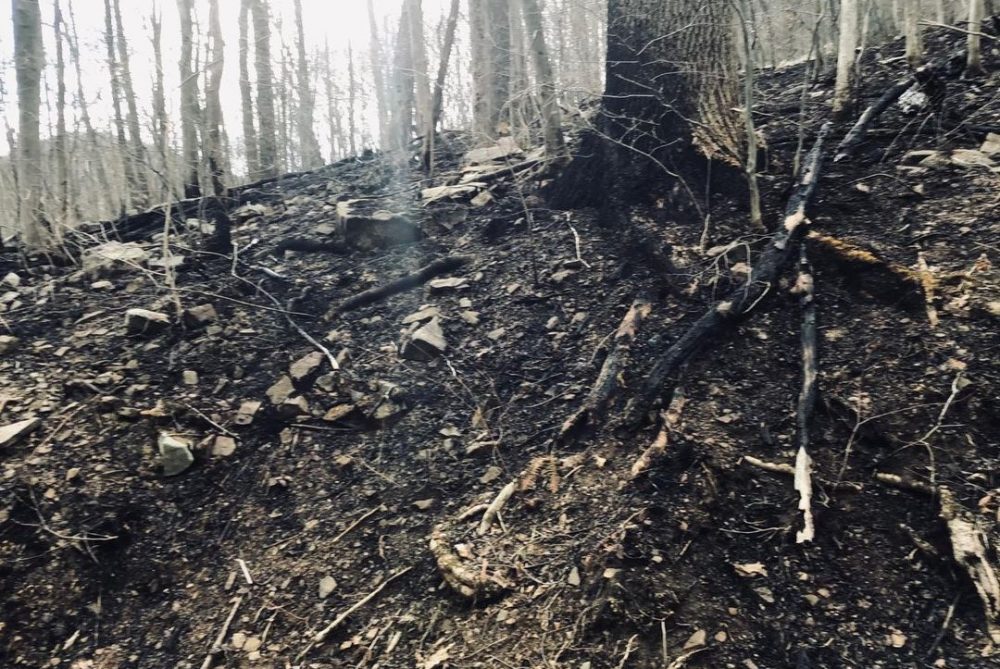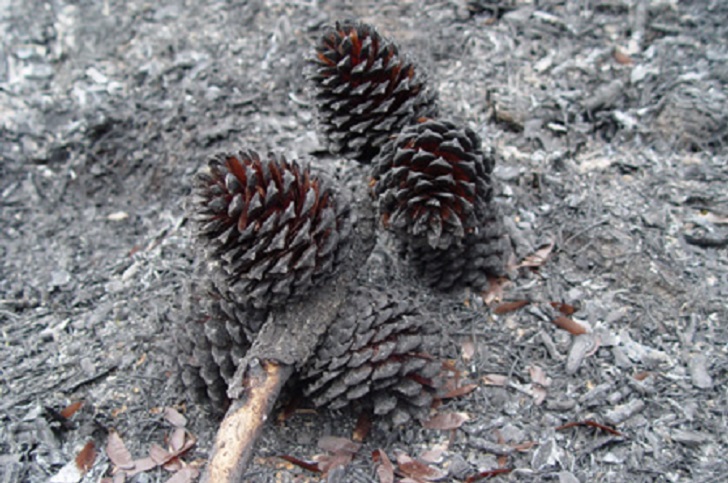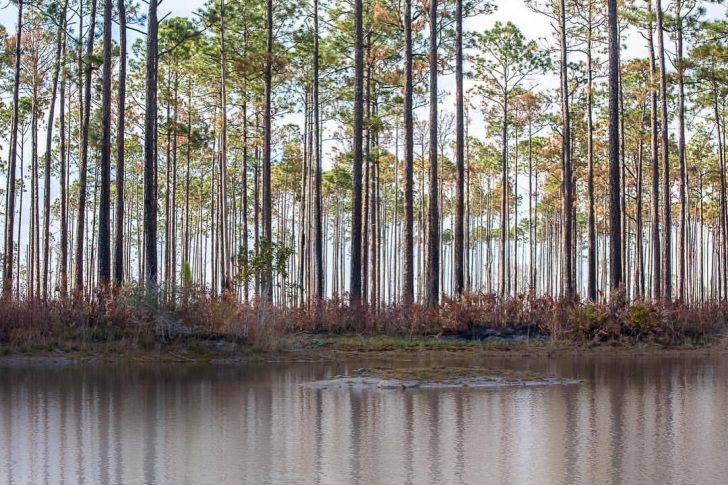When a forest fire dies down, the landscape appears devastated, shrouded in ashes and silence. But what happens after a forest fire? Understanding fire ecology provides valuable insights into the natural recovery processes that occur after a forest fire. This field of study delves into the origins, spread, and environmental impact of wildland fires, recognizing that fire is a natural and essential part of many ecosystems.
What Happens After a Forest Fire: The Natural Resilience of Ecosystems
The aftermath of a forest fire might look bleak, but ecosystems are remarkably resilient. The initial phase of recovery is crucial and starts with the soil. Although fires consume vegetation and wildlife, they also leave behind nutrient-rich ash. This ash acts as a natural fertilizer, enriching the soil and setting the stage for rebirth.

@eriufaeye | Instagram | The initial recovery phase from a forest fire is crucial and starts with the soil.
Rebirth Through Fire-Activated Seeds and Sprouts
Remarkably, some plant species have evolved to not just endure but to require fire for their reproduction. Giant sequoias, for instance, rely on fire to melt the resin, sealing their cones and releasing seeds into the nutrient-enriched soil. Similarly, numerous shrubs and annual plants are stimulated by the chemicals in smoke, kickstarting their growth cycle.
Furthermore, many trees and shrubs are equipped to regrow quickly after being damaged by fire. Species like certain Eucalyptus trees possess specialized buds protected under their bark. The heat from fires allows these buds to break through and sprout new life. This capacity to resprout ensures rapid vegetation recovery, stabilizing the ecosystem and preventing soil erosion.
Fungal Renewal
Beneath the charred surface, fungi play a critical role in the recovery process. Fire clears out old growth and warms the ground, creating ideal conditions for fungal spores to thrive. Post-fire landscapes are often hotspots for mushroom growth, particularly species like morels and boletes, which can be abundant in recently burned areas.
The Blooming of Fire-Activated Flowers
Fire not only clears thick underbrush but also triggers the blooming of certain wildflowers. The Fire Lily and Indian paintbrush, for example, are adapted to flourish after fires. These plants benefit from the cleared landscape and nutrient-rich soil, often creating spectacular displays of color amidst the charred remains.
Fire Ecology and Ecosystem Health
Fire plays a complex role in maintaining ecosystem health and diversity. By understanding fire ecology, we can appreciate its beneficial aspects, even when it causes immediate damage. Low—to moderate-severity fires, which have been a natural occurrence over millennia, help maintain biodiversity, control invasive species, and recycle nutrients back into the soil.
As climate changes and human activities influence natural fire regimes, the frequency, intensity, and timing of forest fires are shifting. These changes can challenge the natural recovery processes. In cases where severe fires destroy large areas of forest, natural regeneration may be slow or incomplete, necessitating human intervention through reforestation efforts.



